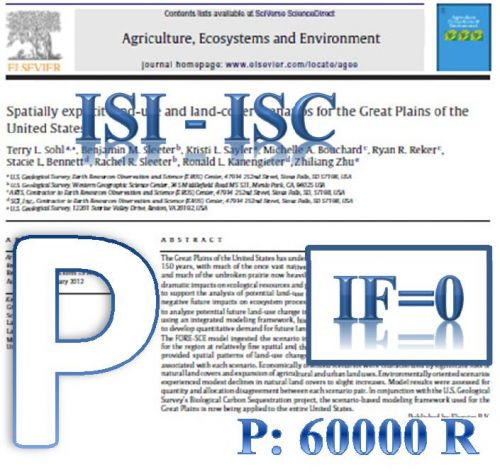molecular separation, and energy storage/conversion. Among porous materials, active
carbons are the most popular materials in separation processes. They are non-crystalline materials
with heterogeneous pore structures. This property does not permit accurate structural determinations
by diffraction techniques. Thus only limited structural information can be extracted from
experimental techniques. Consequently, a molecular model of nanoporous carbon can't be
constructed that is based solely on experimental data. Computer simulation techniques provide an
alternative way to tackle this problem. So, in this study, the synthesis process of an amorphous
active carbon is investigated using molecular dynamics simulation. Simulations are carried out at
constant temperature in the box containing specific numbers of pure carbon sheets. Two different
types of ensembles have been used for simulation including NPT and NVT. Calculated results show
that the final structure of porous carbons is in agreement with SEM images of some commercial
active carbons. Also, results indicate that the final structure is consisted of three different pore size
(r) zones: r<2 nm which produces micro pores,2
Nanostructure formation, Molecular Dynamics Simulation, Porosity, SEM Image
ارزش ریالی : 1200000 ریال
با پرداخت الکترونیک
